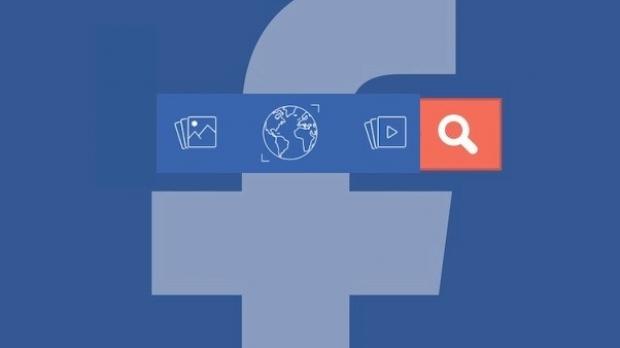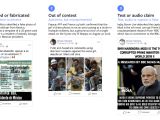Antonia Woodford, Facebook Product Manager, announced in a post on Facebook newsroom that the social network will expand its fact-checking tech designed to fight false news to both video and photo content.
According to Woodford, Facebook has "built a machine learning model that uses various engagement signals, including feedback from people on Facebook, to identify potentially false content. We then send those photos and videos to fact-checkers for their review, or fact-checkers can surface content on their own."
The fact-checking has been broadened to photos and videos, including all 27 third-party fact-checking partners from 17 different countries, to better fight multiple types of misinformation spread on the platform by bad actors.
Most of the partner organizations Facebook has accepted as fact-checking helpers also come with extensive experience in assessing video and photo content, with expertise in image metadata analysis, reverse image search, and visual verification.
Woodford also stated that Facebook also uses OCR (optical character recognition) techniques to automatically extract text content from images and compare it with content from articles available in the fact-checking team's database.
Facebook's extra fact-checking measures should help to identify and to remove misinformation faster
Fact-checkers can decide if a video or photo shared by users on the social network depicts true of false information by using all the skills previously described, helping Facebook to train their machine learning model to get better at detecting misleading and incorrect content.
Facebook filters all videos and photos shared to be able to detect misleading content, and it classifies into three different categories: manipulated or fabricated, out of context, and text or audio claim misinformation.
The social network decided to expand misinformation fact-checking to videos and photos to stop false news hopping between articles using multiple media types.
"The same hoax can travel across different content types, so it’s important to build defenses against misinformation across articles, as well as photos and videos," said Woodford.

 14 DAY TRIAL //
14 DAY TRIAL // 

